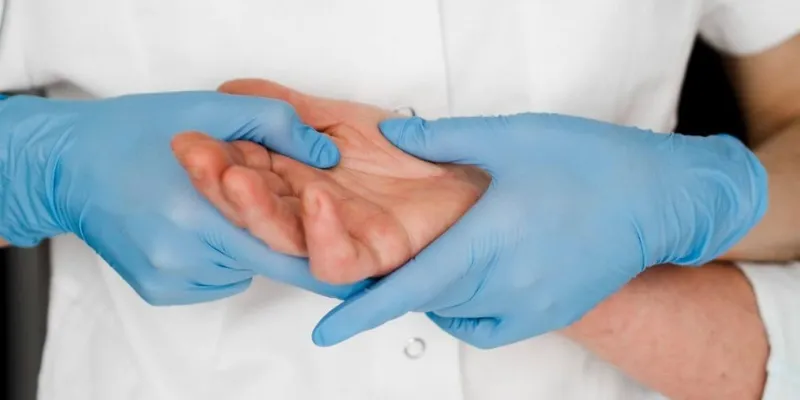Definition
Inflammation of the tendons on the thumb side of the wrist
Compression of the median nerve in the carpal tunnel
Symptoms
Pain and swelling at the base of the thumb, difficulty gripping or pinching
Numbness, tingling, and weakness in the thumb, index, middle, and ring fingers
Causes
Repetitive thumb and wrist movements, injury, inflammation
Repetitive hand and wrist movements, wrist injuries, certain medical conditions (e.g., diabetes, arthritis)
Location of Pain
Thumb side of the wrist, particularly in the first dorsal compartment
Wrist and hand, affecting the thumb, index, middle, and ring fingers
Common Demographics
New mothers, musicians, office workers, assembly line workers
Office workers, assembly line workers, individuals with certain medical conditions
Treatment Options
Rest, splinting, anti-inflammatory medications, corticosteroid injections, physical therapy, surgery
Rest, wrist splinting, anti-inflammatory medications, physical therapy, surgery
Prevention
Avoid repetitive thumb and wrist movements, ergonomic practices
Ergonomic practices, regular breaks, proper wrist positioning during activities
De Quervain Tenosynovitis causes radial-sided wrist pain and swelling on the thumb, often from repetitive wrist motion. To prevent it from coming back, focus on good ergonomics, regular breaks, and wrist-strengthening exercises.




















